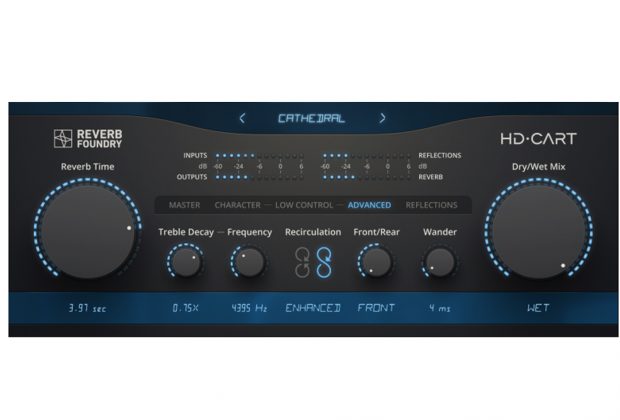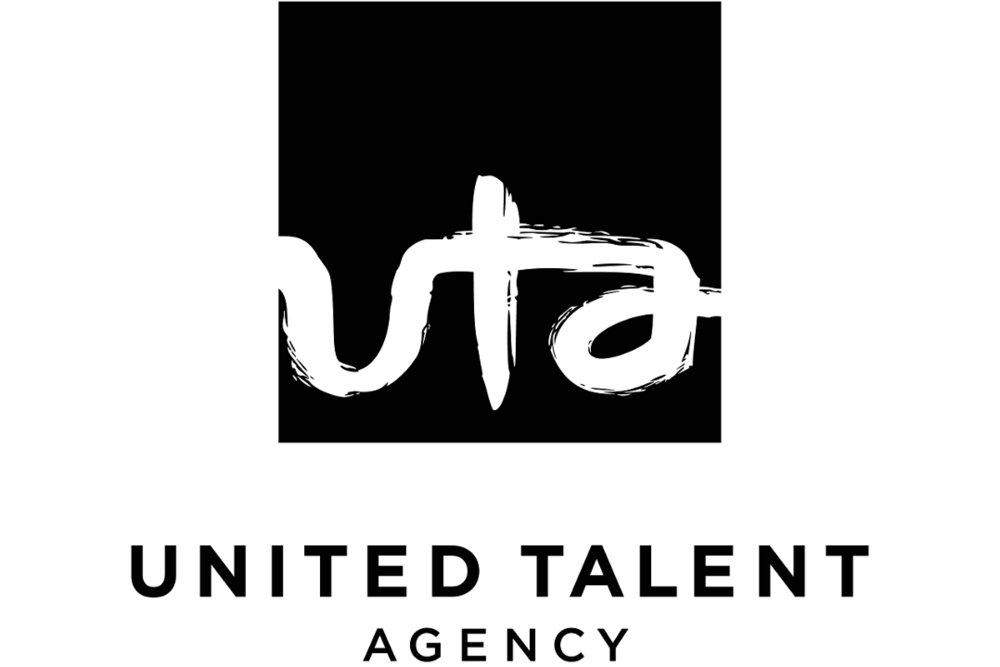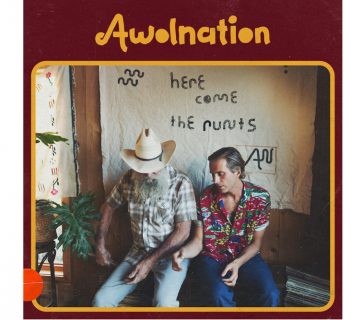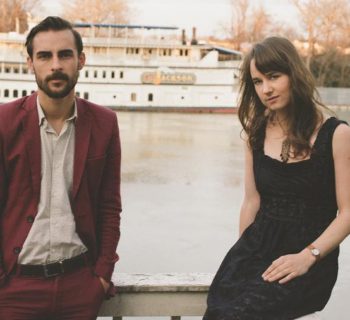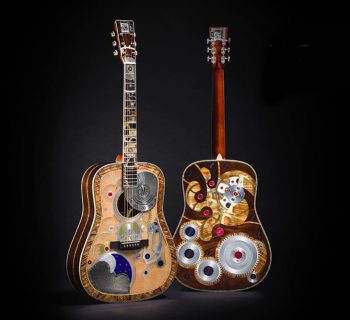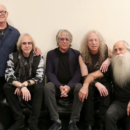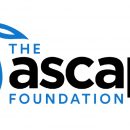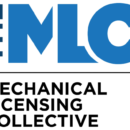It's pretty exciting to receive Reverb Foundry's new HD-Cart reverb plug-in for review. This is a full on, four-channel reverb plug-in with the ability to use both reverb engines in tandem like the two "machines" in Lexicon's famed 480L hardware digital reverb.
In fact many of the same configurations like the 480L are possible: including stacking the two reverbs for one massive stereo reverb; a stereo input produces a quadraphonic (4-ch) output or 5.0 via a routing patch; or driving both the HD-Cart engines with a single mono input signal and more. The HD-Cart plug-in instantiates as a: mono-to-mono, mono-to-stereo, mono-to-quad, stereo-to-quad, stereo-to-quad, quad-to-quad, stereo-to-stereo, and 5.0-to-5.0 configurations.
I liked the way the parameters are laid out in this plug-in with its two large, easy-to-grab main controls for Reverb Time and the Wet/Dry mix. All parameter knobs have their values indicated underneath them and you can type directly in any values. Next there are five submenus of parameters called: Master, Character, Low Control, Advance, and Reflections.
The Master submenu is for setting the reverberation level coming out of the reverb and if I turn that output off, all that is heard are the early reflections and modulation effect processing. This is a whole new set of effects!
Master also has Rolloff, a -6dB/octave roll-off filter; Gain is the output level of the entire plug-in and Reflections with Rolloff (another -6dB/octave filter) controls the amount and overall brightness and of the early reflections.
I like to use room reverbs in my Rock music mixes. I've always loved the Lexicon rooms and HD-Cart is a new winner for me! The Character submenu sets the room's basic nature and all the parameters of a synthesized space. Pre-delay is a delay in front of the reverberant room--up to 510ms.
Diffusion is a way to synthetically alter the reflectivity of a room's wall/floor/ceiling surfaces. Lower numerical values are simulating very reflective rooms such as tiled bathrooms or hardwood squash courts so you may hear actual "slap back" echoes within the reverb.
Higher values are smoother reverbs with the echoes blending together. I use low diffusion when I want a noticeable reverb as an effect at almost 100% wet. The Character menu finishes with Size--how big the room is, The Spread control works with the Size control to add internal pre-delays to some of the reverb tails. Lastly, Spin modulates reverb something like a chorus effect and I thought it made the reverb more cohesive and fat sounding--especially when using and modifying the Cathedral factory preset. So it is fun to build a large room but with a very short RT60 decay time--as if you put your singer in an elevator shaft ten stories tall!
The Low Controls take care of the usually longer decay times most rooms have in the lower frequencies. For full bandwidth instruments, orchestra use and vocals, you may define the lower frequency decay time with the Bass Decay control--keep the reverb from getting "muddy" yet use as much as you want.
In general, after setting the Reverb Time and Wet/Dry rough level, I went to the Advanced section to modify pre-sets. I liked the Front/Rear control as the finishing tweak. HD-Cart is a true stereo reverb so as the source moves or "pans" in the stereo field, so does the synthesized reverb travel.
HD-Cart sells for $199 as a download and is available for both Mac and PCs and most Native formats. I tested in AAX in Pro Tools 2018.1 and found it to be extra warm-sounding in nearly anyway I set it--it didn't ever to get harsh or metallic sounding. I liked all the presets and especially liked tweaking the Small and Large Woodroom, Acoustisolo and BigFoot presets. I also found myself using HD-Cart as a dedicated in-line reverb on stereo tracks as it is easy to adjust with the two large knobs.
Highly recommended! Check out: reverbfoundry.com/hd-cart
Barry Rudolph is a recording engineer/mixer who has worked on over 30 gold and platinum records. He has recorded and/or mixed Lynyrd Skynyrd, Hall & Oates, Pat Benatar, Rod Stewart, the Corrs and more. Barry has his own futuristic music mixing facility and loves teaching audio engineering at Musician’s Institute, Hollywood, CA. He is a lifetime Grammy-voting member of NARAS and a contributing editor for Mix Magazine. barryrudolph.com

